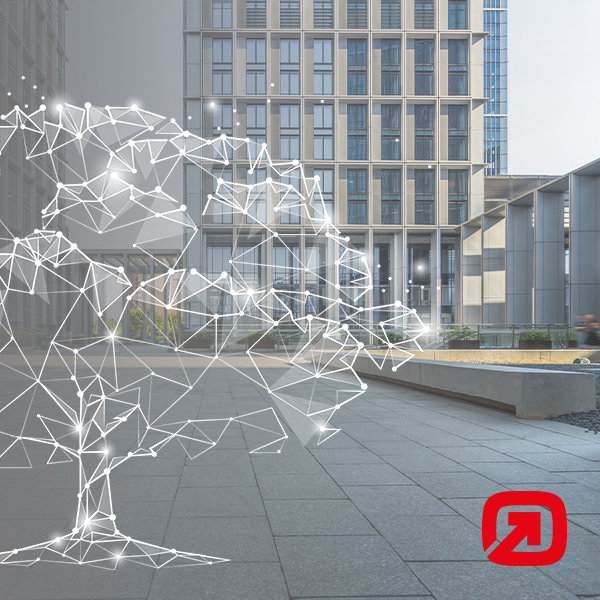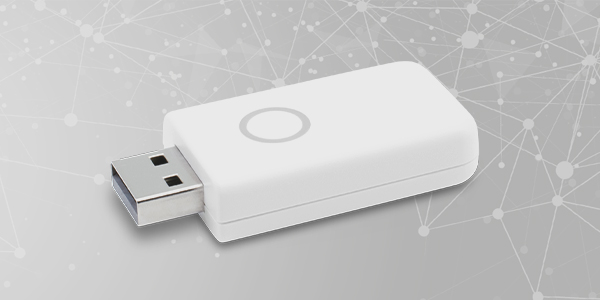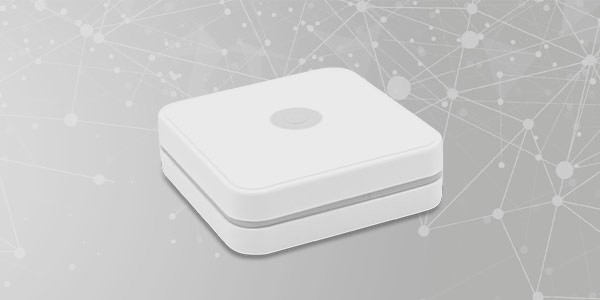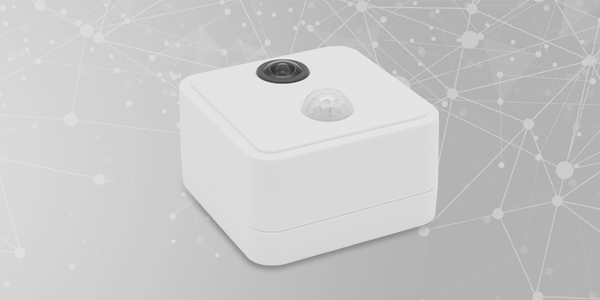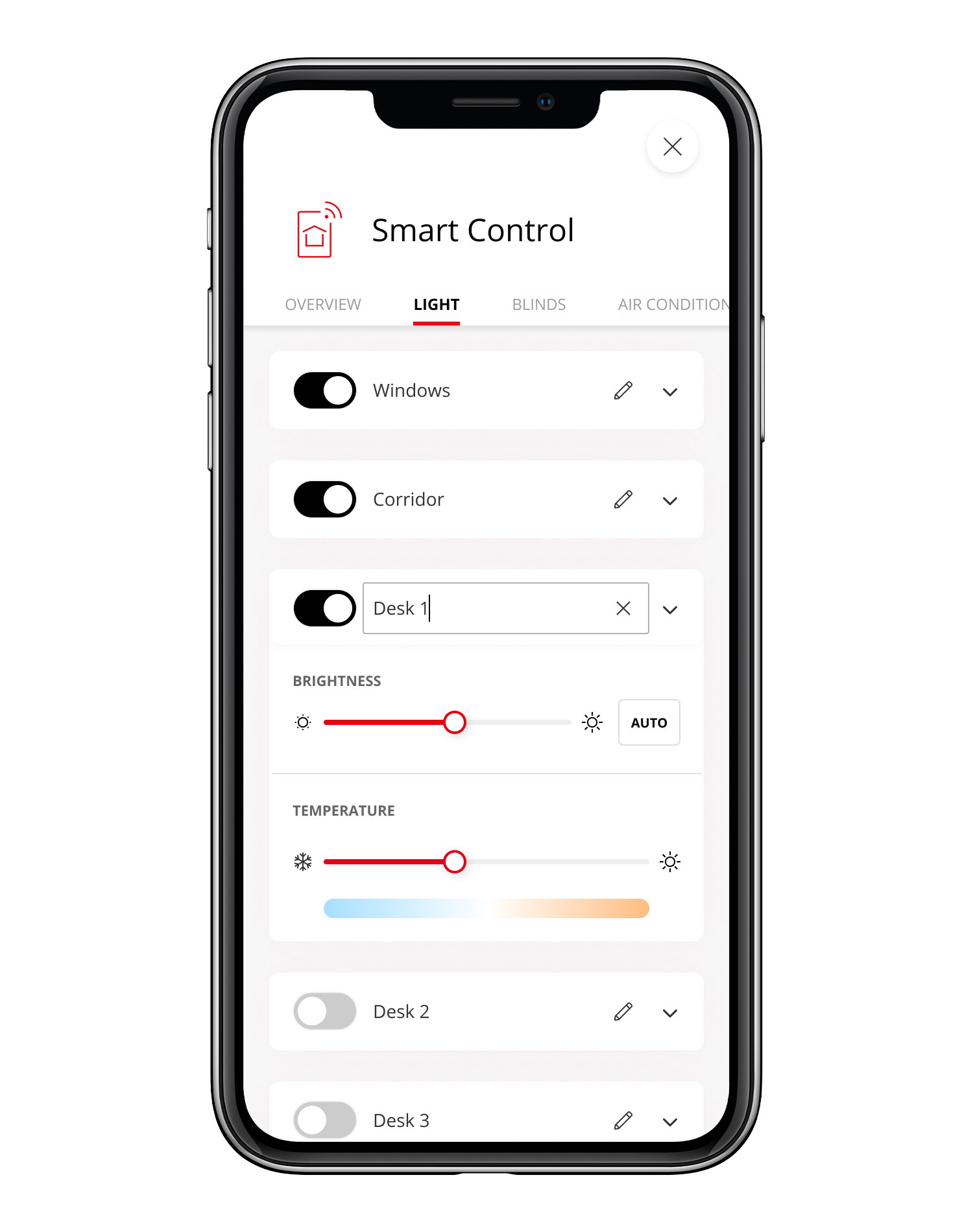In a world where climate change is prevalent and resource scarcity is growing, it is critical to optimize energy usage and minimize carbon emissions. Emerging approaches to resolving these difficulties are becoming available, especially in the context of facility management.
Efficient energy management is crucial, but the proper utilization of both future and existing buildings is also of great importance. The only way to guarantee optimal resource utilization is to maximize the use of office buildings, warehouse space, and production halls. Nevertheless, many companies struggle with the practical implementation of such optimization.
A simple basic infrastructure consisting of three essential hardware components allows buildings to be intelligently networked and thus lay the foundation for sustainable energy management. This article provides insights into the possibilities of modern building technology and shows how targeted measures and technologies can be used to adapt energy consumption to the actual needs of a building and thus make an important contribution to climate protection.
Basic Infrastructure
Optional Sensors
Utilization Analytics as a Numerical Data Basis
infsoft Occupancy enables precise monitoring of space utilization and people’s presence. To acquire precise data on occupancy, such as the number of people and the passive utilization of different area resources, infsoft AI Occupancy Sensors accurately identify individuals and objects.
Managers can access a wide range of data analyses and insights once they collect the data. This makes it possible to answer specific questions relating to space management. As an example, over a specified period of time, utilization overviews of rooms, buildings, or free seating workstations can be generated, analyzed, and evaluated.
Optimization of Room Conditions through Sensor Technology
After deriving corresponding occupancy patterns from area-wide utilization analytics, there is an opportunity to integrate additional sensors like sensor beacons or smart plugs. These provide building operators with a wider range of energy monitoring options.
Temperature and humidity sensors play a crucial role in ensuring accurate regulation of the indoor climate in office buildings. The “Smart Control” functionality of the infsoft Workplace Experience App enables the customization of specific settings for various rooms or work areas, depending on their intended purpose. This function allows for accurate temperature regulation by linking heating or air conditioning systems to the application, as well as providing control over lighting. The building control system automatically receives the recorded data to regulate things like heating.
infsoft Locator Beacon Smart Plugs integrated into the power grid provide a transparent overview of energy consumption and associated costs. The infsoft software tools receive the power consumption data that these smart plugs continuously collect wirelessly. This ensures access to both historical and current data analysis. This allows for the precise identification of devices with increased power consumption and the implementation of appropriate energy-saving plans.

If you have any questions or are interested in the topic of future-orientated building management, please do not hesitate to contact us.

